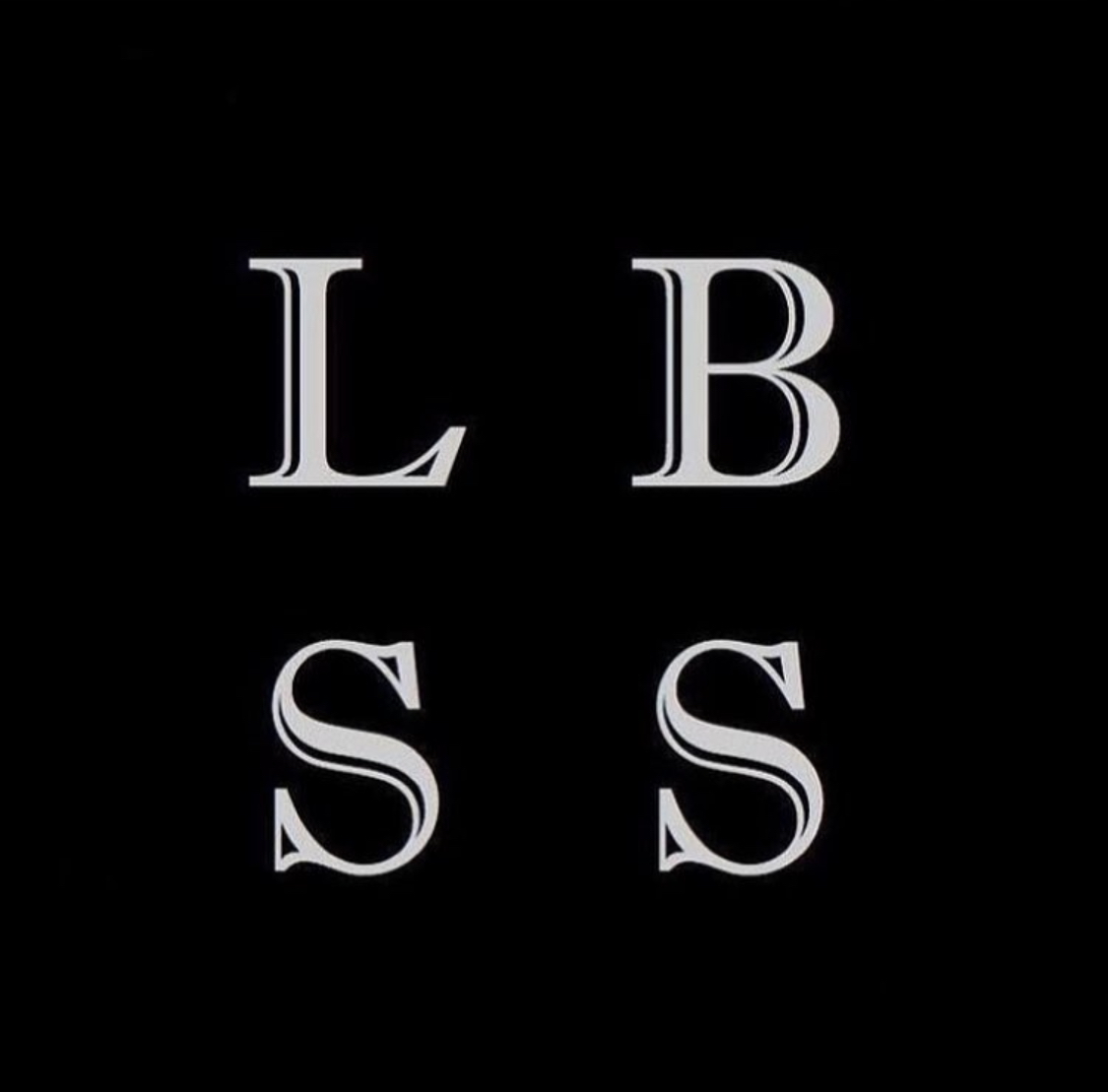Leadership has always been central to the identity of a brand as iconic as Chanel. Yet, an unexpected shift has occurred: some of its most compelling collections have emerged not under the guidance of a single creative director but in the absence of one.
Chanel’s legacy is built on strong creative voices, from Coco Chanel to Karl Lagerfeld. After Lagerfeld’s passing in 2019, Virginie Viard continued the story, maintaining the house’s codes in a quieter, more restrained way. But when Viard exited in 2023, Chanel operated without a defined creative lead instead of rushing to name a successor. And something interesting happened—the collections felt fresher, more refined, and more authentic to the brand’s essence.
Luxury fashion has long been structured around a singular vision. Yet, Chanel’s recent success suggests an alternative: could a design team, rather than a single creative head, be the way forward?
This challenges the assumption that a major house needs a singular leader. Chanel seems to be proving that sometimes, the best creative direction might be no direction at all.
When Karl’s sudden departure occurred in 2019, it was clear that the haute couture maison was on the brink of disaster. After all, he had achieved what few thought possible: revitalising a directionless house with previously questionable German ties, specialising in tweed that felt outdated and old-fashioned, into a brand that echoed timelessness and elegance.
Now, it feels that Chanel finds itself, once again, on the edge of catastrophe. When a brand is as established in the luxury sphere as Chanel, stability is arguably the most decisive factor in whether the brand will be able to continue to thrive as it has in the past, while the collections may change with the seasons, the creative direction needs to have exactly that, a direction. A DNA that is exclusive to that brand and makes you recognise that with every collection, the brand has a certain anchor that keeps the roots of the house firmly grounded in the staples that made it a household name.
While many refuse to acknowledge it, Viard was never supposed to become Chanel’s CD; the decision was made amid crises, out of desperation. She knew the work and how to execute the creative vision, but not how to curate a creative direction.
Something that was made clear that perhaps marked the last straw for Viard’s career was her last show for Fall 2024, which echoed such a repetitive nature and lack of imagination that no one could doubt that her replacement was underway.
And while this might seem harsh to some, Chanel’s farewell to Viard after her 30 years of dedication and unquestionable loyalty spoke for itself. After a brief statement was made for basic decency’s sake, the relationship ended as abruptly as it began. After a runway show featuring capes, tweed with gold undertones and frilly silhouettes, a collection set at the Palais Garnier to echo the certain theatricality that the magical location beholds, the only thing that could be deemed theatrical were the clothes, that were so lacklustre that apparently, even Virginie thought not showing up to take a final lap for her last collection would be better than admitting to creating such a disastrous collection.
Chanel’s period without a creative director fully demonstrated a universally unexpected brilliance for the house. Though unconventional, the brand lacked one specific guiding vision. It flourished nonetheless, forging collections that felt distinctly Chanel, strikingly bold, and wonderfully fresh. The absence of one clear original voice certainly permitted a collaborative approach, attentively mixing different views while faithfully keeping to the brand’s valued history. People wonder what truly makes fashion successful when a house without its initial director performs better than anticipated. The question arises: Is it possible that genuine creativity almost always comes from multiple people instead of a single person, but from the familiar feeling that can occur when a brand isn’t constrained by only a single idea? The large success of Chanel throughout this era definitively proves the importance of adaptability as well as innovation; it proves the undergoing appeal of the entire brand too.
In today’s fast-paced fashion industry, the anticipation for a new designer’s arrival has become almost predictable. Luxury brands’ original directors are constantly reshuffled, which is very often caused by the frantic pace of the market; in addition to that, this situation has started to diminish the importance of each of these changes. The critical question is whether it genuinely affects a brand’s heritage or legacy. These frequent changes often seem to be more about short-term business gains, rather than a long-term original vision. Fashion leaders, as they scramble to maintain profitability, see that the industry’s exclusive focus on immediate results often conflicts with the sustained approach needed to build any lasting creative legacy. Consequently, the authentic spirit of a brand’s creative evolution is in danger of being overlooked.
With Matthieu Blazy’s arrival comes a new chance for Chanel and the opportunity to, as Alain Wertheimer puts it, “reinforce the energy of the brand and our position as a leader in luxury,” but whether Blazy is able to follow through with this, remains to be seen.

